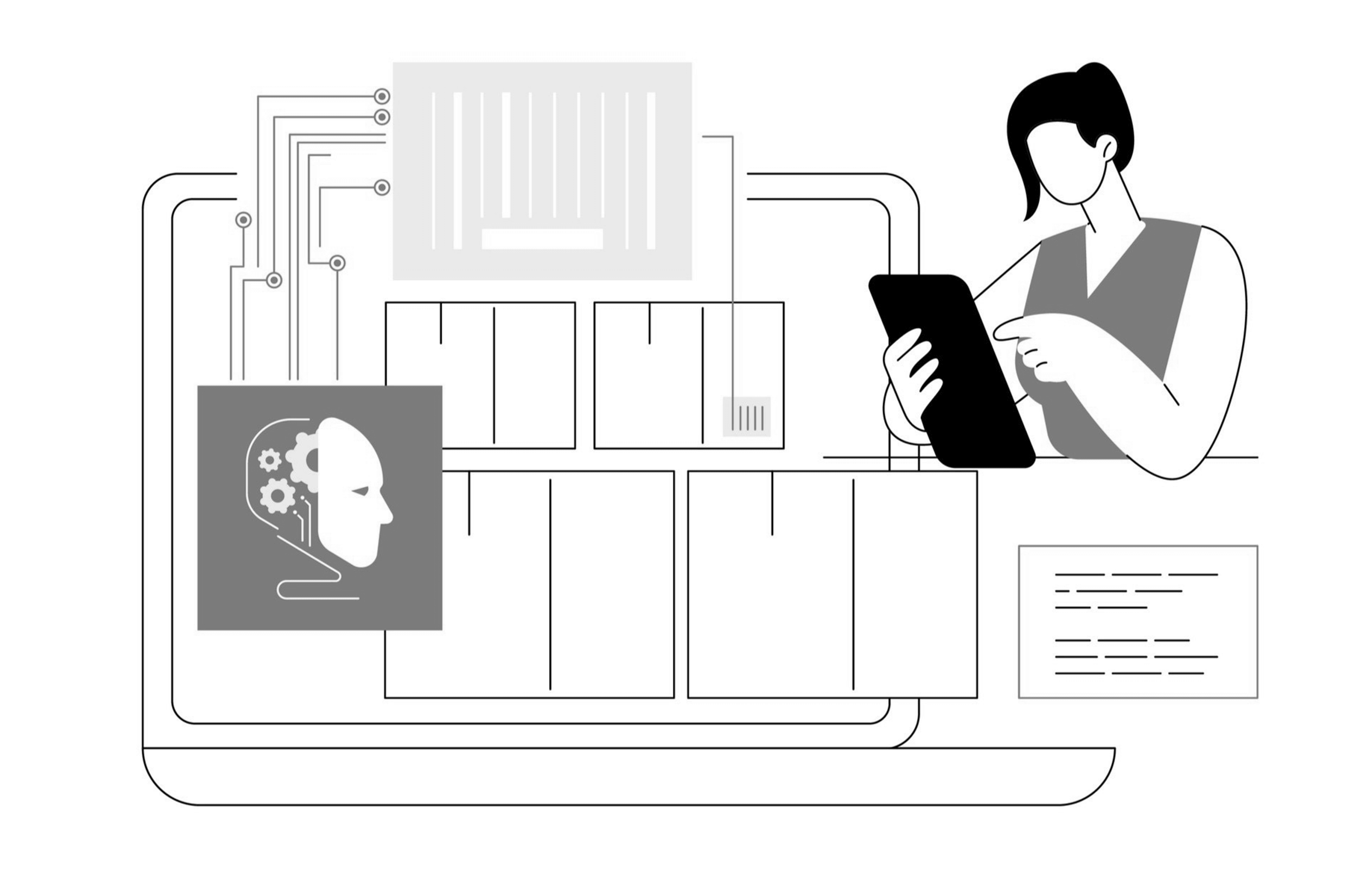 Reading Time: 3 minutes
Reading Time: 3 minutesRemember when the world wide web forever changed how people satisfy their curiosity? It was a watershed moment for humanity and the ways we communicate, do business, innovate, and uncover new insights.
The internet was for human curiosity what sequencing the human genome was for healthcare, or rocket propulsion and GPS were for flight—true turning points that sped up our inherent instinct to dig deeper, go farther, and improve our very understanding of the world around us.
I submit that today we face a similar moment in time, one that will forever breathe new meaning into the phrase “culture of curiosity.” Our available means for satisfying our curiosities are multiplying exponentially at this very moment. It’s a new frontier where ubiquitous, unlimited curiosity is possible to almost anyone—if we want it, and if we recognize the tremendous opportunity before us.
Behold, unprecedented technological enablement!
The reality is that many organizations still struggle to get the most out of the data they already have. This despite the fact that analytics and artificial intelligence are “top game-changer” technologies. It’s a huge missed opportunity, because this power is now available to any business.
There’s a reason the world’s leading companies rely so heavily on the power of data. Companies like Facebook, Tesla, and Google have fundamentally built their business around data. They recognize that the next decision, new discovery, or innovation is to be found in the endless volume of data that’s growing every day.
And it certainly is endless: the IDC predicts that the “Global Datasphere” will grow to 175 Zettabytes (ZB) by 2025. Perhaps more impressive than the sheer amount of data in the world are the astonishing ways that we’ve sped up our ability to transform this raw data into actionable insights—the data-to-decisions journey, as we like to call it.
Today, that ability to satiate our curiosity is stronger than ever. Advances in AI and machine learning allow a lot more people to be curious in myriad ways. To answer complex business questions, for example, the enterprise decision maker doesn’t have to take night school for data science or wait on someone else to get the answer for them. Consumers, for their part, just need a smartphone with an internet connection.
The technology is there for anyone with this imperative.
Put simply, it no longer takes weeks or months to get the information we need to make confident, data-backed decisions in all aspects of life. In some cases, it takes but seconds. To seize this new paradigm in AI-powered data and analytics, companies and the people that work for them have to embrace it. They have to go all in on a culture of curiosity.
And the time for that is right now.
The Art of the Possible: Reduce the Decision Journey From Weeks to Seconds
You might be saying, data, analytics, AI—these are nothing new. But I’ve seen first-hand how the convergence of advancing technologies places us at a crucial turning point on the path to enabling truly curious organizations.
To illustrate the point, let’s look at some real-world examples.
Optimizing Drug Trial Planning for a Major Pharma Company
I recall our work with a large client in the pharmaceutical and consumer healthcare space. Their research team, which plans and performs hundreds of studies on new drug development, was curious about a particular aspect of their trial plans. They wanted to know how their diabetes phase two study compared against benchmarks.
They needed an answer to assess the risk of delay. Were they being too conservative in their planning and thus delaying the trial? In the past, planners would have looked across diverse data sources to analyze hundreds of combinations and spent days or weeks looking for an answer.
This time around, those researchers asked LTI’s Fosfor Lumin the question with a few keystrokes and got the answer in seconds. In that short time, Lumin processed the various data permutations across internal and external data sources using the right algorithms, ultimately providing planners with a risk score, as well as a path to optimize their plan further.
In this case, the researchers satisfied their curiosity about something they hadn’t even done yet. As one of the researchers put it, “it’s like we can predict the future.” Imagine how valuable that capability will be in shaping and fast-tracking future clinical trials?
Unifying Analyses and Insights for a CPG Client
Unifying Analyses and Insights for a CPG Client
This client—a well-known confectioner—had a variety of data available to them from different external data providers. As a result, they’d grown accustomed to creating isolated insights for decision making. The category and brand managers always wanted to look across those datasets and understand why, for example, brand share was declining or increasing for a particular category.
In the past, it took a long time to analyze the 100+ data hierarchy combinations to get to an answer. Now questions like this not only get answered in seconds, but Lumin can nudge the category managers towards what their next question should be, enabling a more informed decision-making process.








